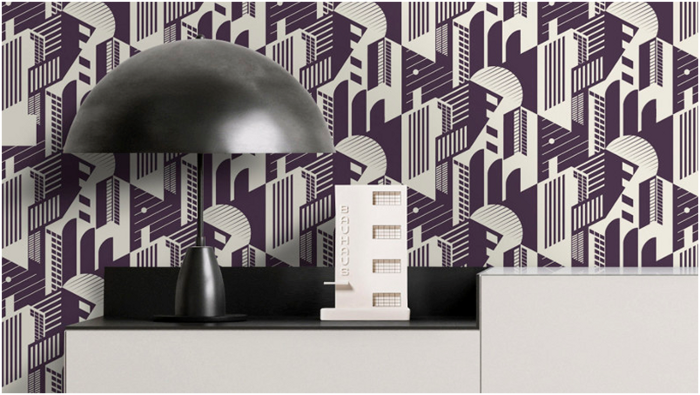
Charles Goulding and Preeti Sulibhavi discuss 100 years of Bauhaus design and an intersection with 3D printing.
Bauhaus: A Century in Design
The Staatliches Bauhaus (Bauhaus) was operational from 1919 to 1933, and is considered to be the most important influence on graphic design in the twentieth century. Founded by Marcel Gropius in 1919, the influential interdisciplinary school was forced to close its doors by the Nazis in 1933. Bauhaus work is usually geometric in form, and noticeably absent of ornamentation.
In 2019, The Bauhaus School now represents a century of exceptional architecture, interior design and revolutionary art. Emanating a fresh aesthetic from its very construct, Bauhaus art illustrates dedication to modernism and the talent responsible for that aesthetic. To mark this moment, Bauhaus is designing in classic abstract form.
Worth mentioning is Bauhaus’ influence on typography development. The school was a key proponent of using “type” as an expression of the zeitgeist. In fact, Bauhaus developed the use of sans-serif typefaces. The universal typeface, designed by Herbert Bayer, was developed in sketches but never made into a typeface.
Architecture and graphic design, however, do remain the focus of the Bauhaus legacy. In honoring this legacy, the use of 3D printing could enhance both the architectural and artistic features of Bauhaus art.
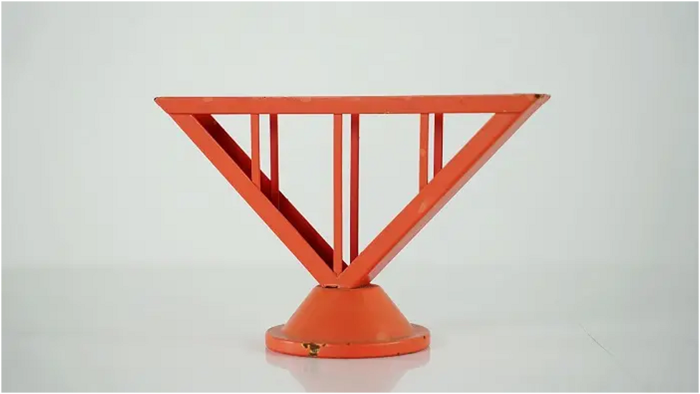
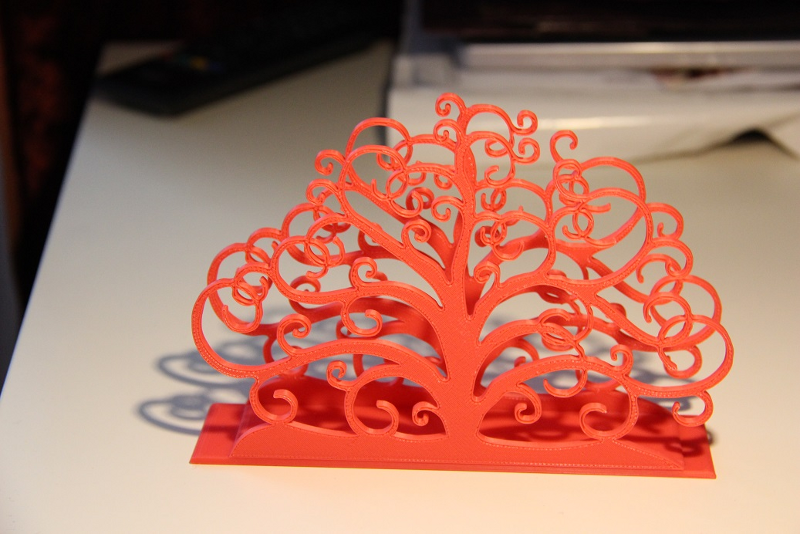

L-R: Bauhaus Napkin Holder Designed by Mariane Brandt (Source: Pamono) / 3D Printed Tree of Life Napkin Holder (Source: Protonik) / Bench Mondrian by Designer Architect Nicola Falcone (Source: Nicola Falcone)
In utilizing 3D printing for producing Bauhaus artwork and architectural designs, modern Bauhaus designers could utilize R&D Tax Credit Incentives for their economic benefit.
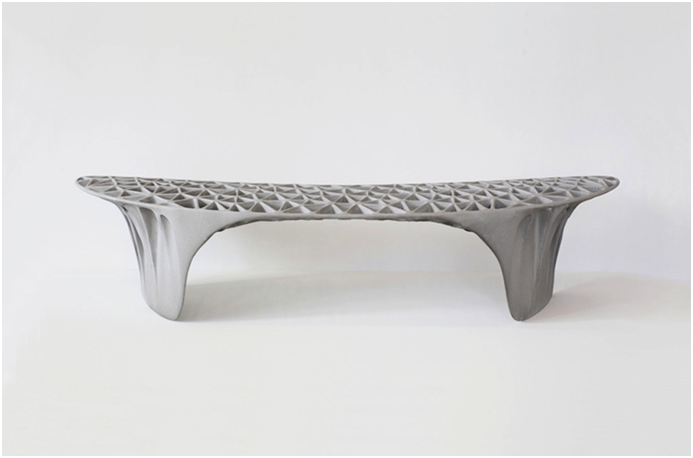
The Research & Development Tax Credit
Enacted in 1981, the now permanent Federal Research and Development (R&D) Tax Credit allows a credit that typically ranges from 4%-7% of eligible spending for new and improved products and processes. Qualified research must meet the following four criteria:
-
Must be technological in nature
-
Must be a component of the taxpayer’s business
-
Must represent R&D in the experimental sense and generally includes all such costs related to the development or improvement of a product or process
-
Must eliminate uncertainty through a process of experimentation that considers one or more alternatives
Eligible costs include U.S. employee wages, cost of supplies consumed in the R&D process, cost of pre-production testing, U.S. contract research expenses, and certain costs associated with developing a patent.
On December 18, 2015, President Obama signed the PATH Act, making the R&D Tax Credit permanent. Beginning in 2016, the R&D credit can be used to offset Alternative Minimum tax for companies with revenue below $50MM and for the first time, startup businesses can obtain up to $250,000 per year in payroll taxes and cash rebates.
Making Modern Art, Modern
In creating abstract art, with clean lines and noticeably more modern in shape, Bauhaus would be well served to utilize 3D printers. 3D printers have high-precision, high-quality capabilities that can improve the structure and shapes of Bauhaus architectural and artistic designs. Abstract art created using 3D printers often boasts designs that would be unfathomable if not using a 3D printer. The clean lines, geometric forms and creative designs almost come standard with 3D printers these days. In creating modern art, why not use modern technology and benefit from R&D tax credit incentives as well?
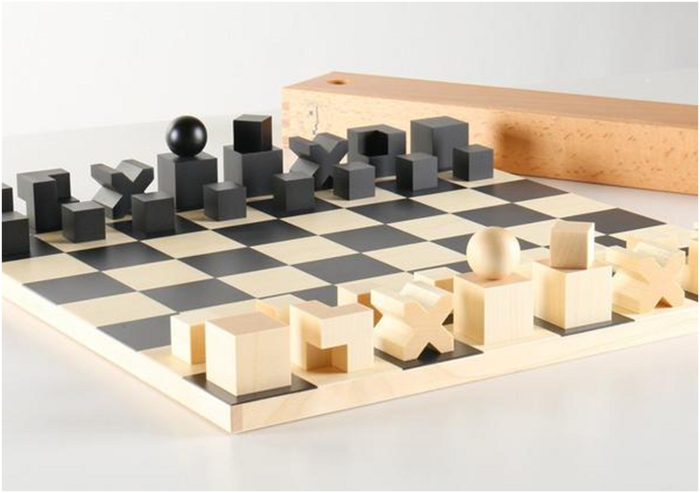
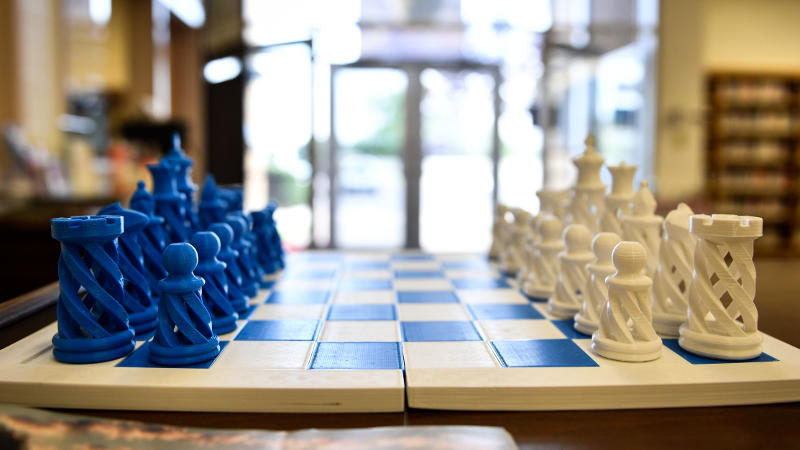
L-R: Bauhaus Chess Set / 3D Printed Chess Set (U.S. Air Force photo by R. Nial Bradshaw)











